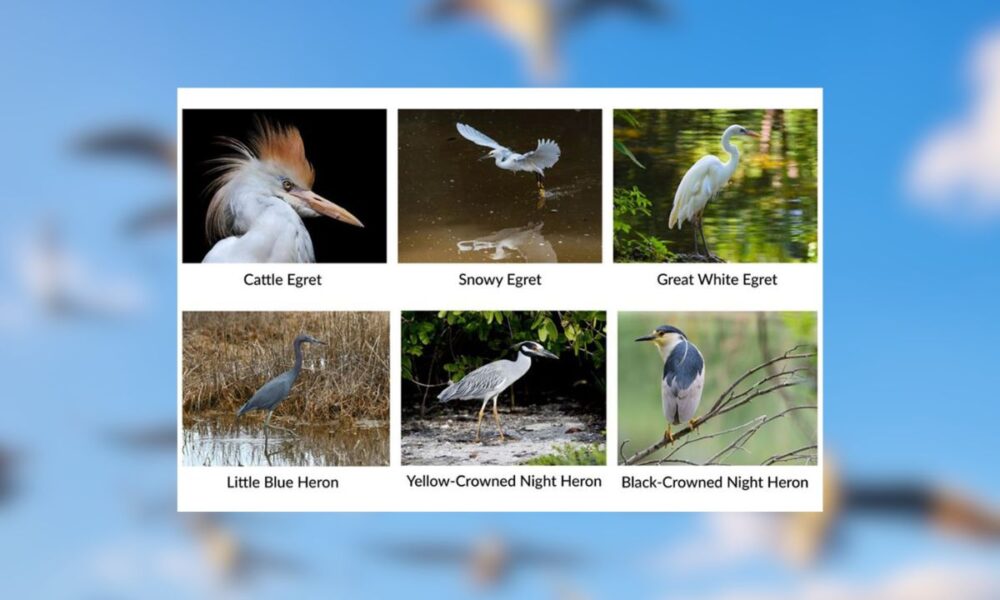The yearly arrival of herons in a North Garland neighborhood has sparked mixed feelings among residents.
The federally protected birds create noise, mess, and property damage while prompting concerns about possible health issues.
Several varieties of herons, including the Cattle Egret, the Snowy Egret, the Great White Egret, the Little Blue Heron, and the Yellow-Crowned Heron, have inundated one neighborhood just south of Firewheel Town Center in Garland.
The birds seem to gravitate to some trees in the neighborhood more than others, preferring a thick canopy that makes it easy for them to move from one tree to another. But the birds don’t just stay in the treetops. They can be found walking around the neighboring yards, leaving behind piles of feathers and coating the streets, sidewalks, yards, parked cars, and rooftops with their feces.
“It’s a bit messy. There’s poop everywhere,” Gordon Simmons, a resident, told NBC 5 DFW.
He noted, per NBC 5, “There are some smells we deal with, and at night, when we’re walking the dogs, they like to roll in it, which is another hassle.”
Despite the inconvenience, Simmons does not mind the egrets nesting in his area for a few months during the year.
Some residents, including Cody Gilliland, have expressed concerns about the potential health hazards posed by the birds, both from their poop as well as from the dead bodies of birds that have fallen from the nest or died from other causes.
“Birds can carry various infectious organisms, including viruses, bacteria, and parasites, some of which are transmissible to humans through bird droppings,” VeryWell Health states on its website. Diseases can be spread from birds to humans “through direct contact with the birds or their droppings or indirect contact, such as inhaling airborne particles from dried feces or feather dust of infected birds.”
Although the herons are not nesting in his front yard, Gilliland has been diligent about helping his neighbors clean up the dead birds, feces, and feathers from their yards to help mitigate the smell and the potential for disease.
However, others in the neighborhood have apparently taken a more aggressive stance against the birds. Simmons said that about a month ago, he found around 20 dead adult egrets with what appeared to be BB pellet holes. After trying unsuccessfully to save one injured bird, Simmons used social media to remind the community that harming egrets violates the Migratory Bird Treaty Act.
The North Texas Wildlife Center echoed this warning. “If you’re interfering with live birds, relocating them, killing them, or tampering with their nests, it’s a federal offense,” said NTWC President Rebecca Hamlin.
To reduce egret-related issues, Fort Worth, another area with egret activity, suggests trimming tree canopies to 70% or less before nesting season to make sites less attractive. However, in some neighborhoods, the trees between the sidewalk and the street belong to the city and are the city’s responsibility to trim and maintain.
Homeowners can also use noisemakers, water sprays, or bright lights at night to deter nesting before it begins. Once eggs are laid, federal law protects the nests from disturbance.
The nesting period typically runs from February through June, according to guidance from the City of Fort Worth.
Hamlin encouraged residents to appreciate the birds’ brief stay, noting their ecological role.
“These animals contribute to our ecosystem in ways we may not fully realize,” she said, per NBC 5.
The Dallas Express contacted the City of Garland for comment on whether it intends to address the bird issue in the northern area of the city but did not receive a response by press time.


